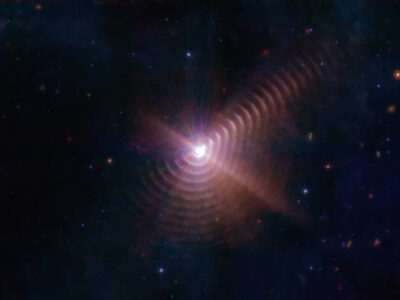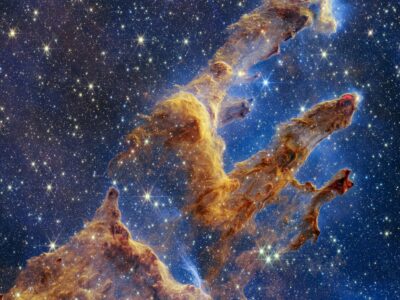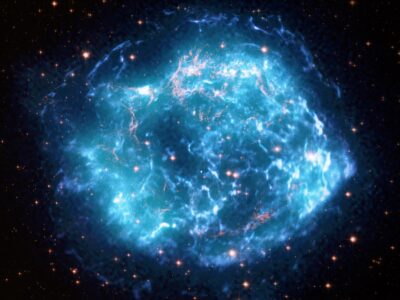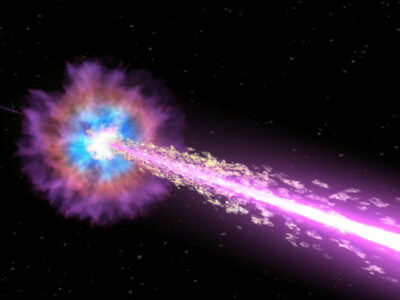The Orionid meteor shower! Don’t miss it this week
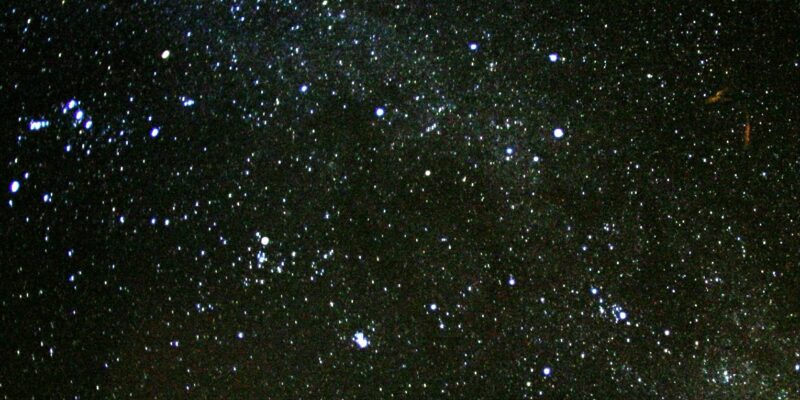
Overview
The 2022 Orionid meteor shower will peak Thursday night, Oct. 20, through the next morning ET. Under ideal conditions, skywatchers can see 15 to 20 meteors per hour, but sometimes bursts of meteor showers can surprise people with up to three times that number.
Orionids
The Orionids meteor shower[1], often shortened to the Orionids, is the most prolific meteor shower associated with Halley’s Comet. The Orionids are so-called because the point they appear to come from, called the radiant, lies in the constellation Orion, but they can be seen over a large area of the sky. The Orionids are an annual meteor shower which last approximately one week in late October. In some years, meteors may occur at rates of 50–70 per hour.
Meteor showers first designated ” shooting stars ” were connected to comets in the 1800s. E.C. Herrick made an observation in 1839 and 1840 about the activity present in the October night skies. A. S. Herschel produced the first documented record that gave accurate forecasts for the next meteor shower. The Orionids meteor shower is produced by Halley’s Comet, which was named after the astronomer Edmund Halley and last passed through the inner Solar System in 1986 on its 75- to 76-year orbit. When the comet passes through the Solar System, the Sun sublimates some of the ice, allowing rock particles to break away from the comet. These particles continue on the comet’s trajectory and appear as meteors (“falling stars”) when they pass through Earth’s upper atmosphere. Halley’s comet is also responsible for creating the Eta Aquariids, which occur each May.
The radiant of the Orionids is located between the constellations Orion and Gemini ( in the southeastern sky before dawn, as viewed from mid-northern latitudes ).
Attention Please !
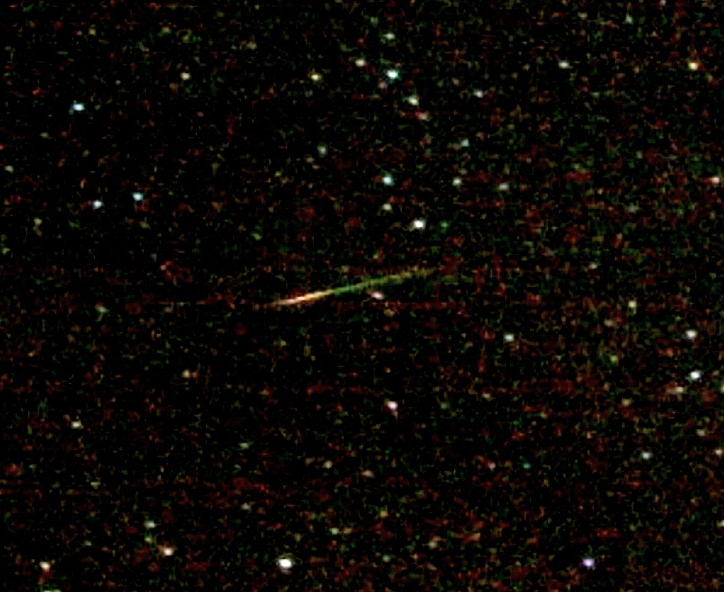
An Orionid near the center.
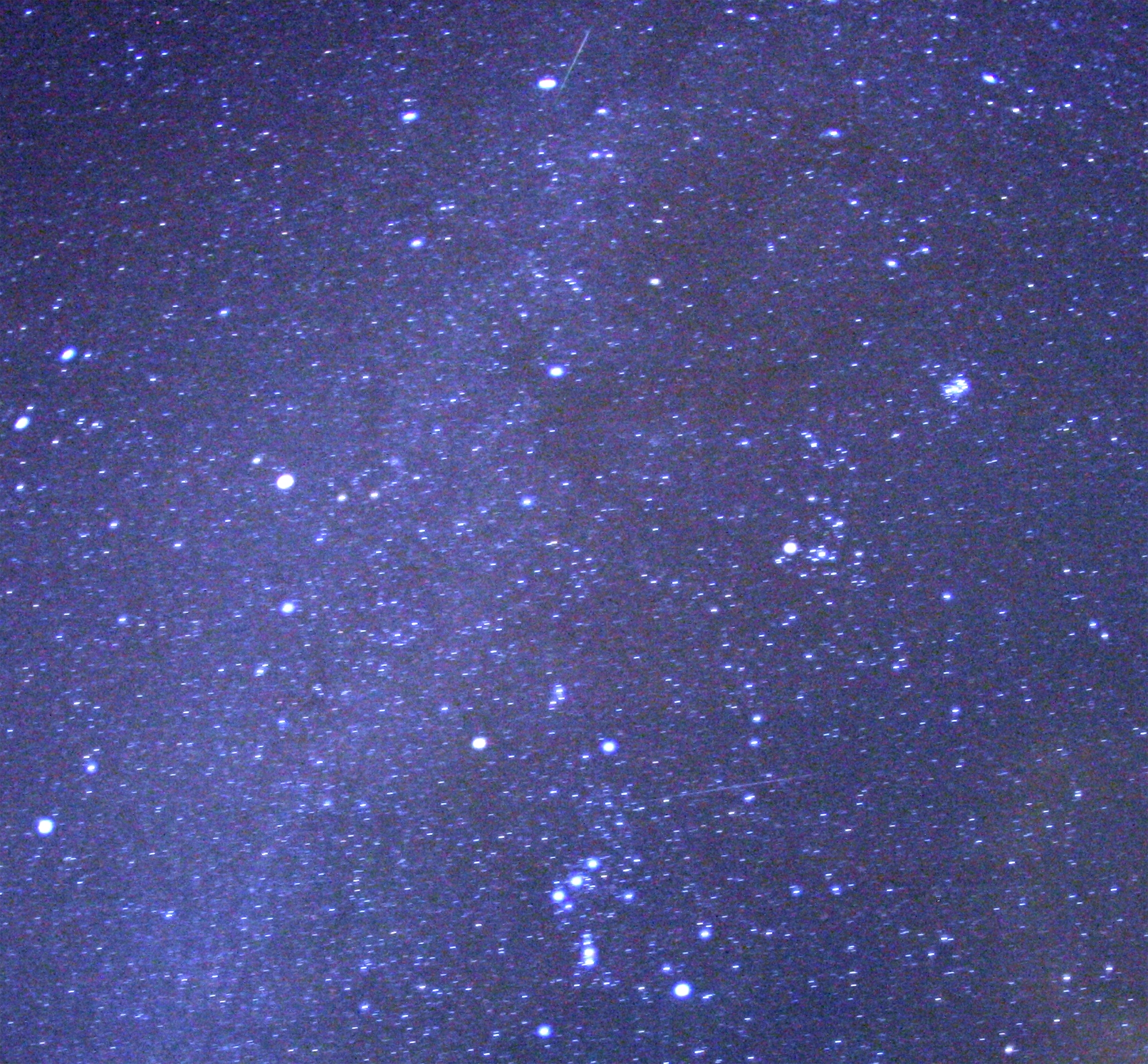
Two Orionids and the Milky Way.
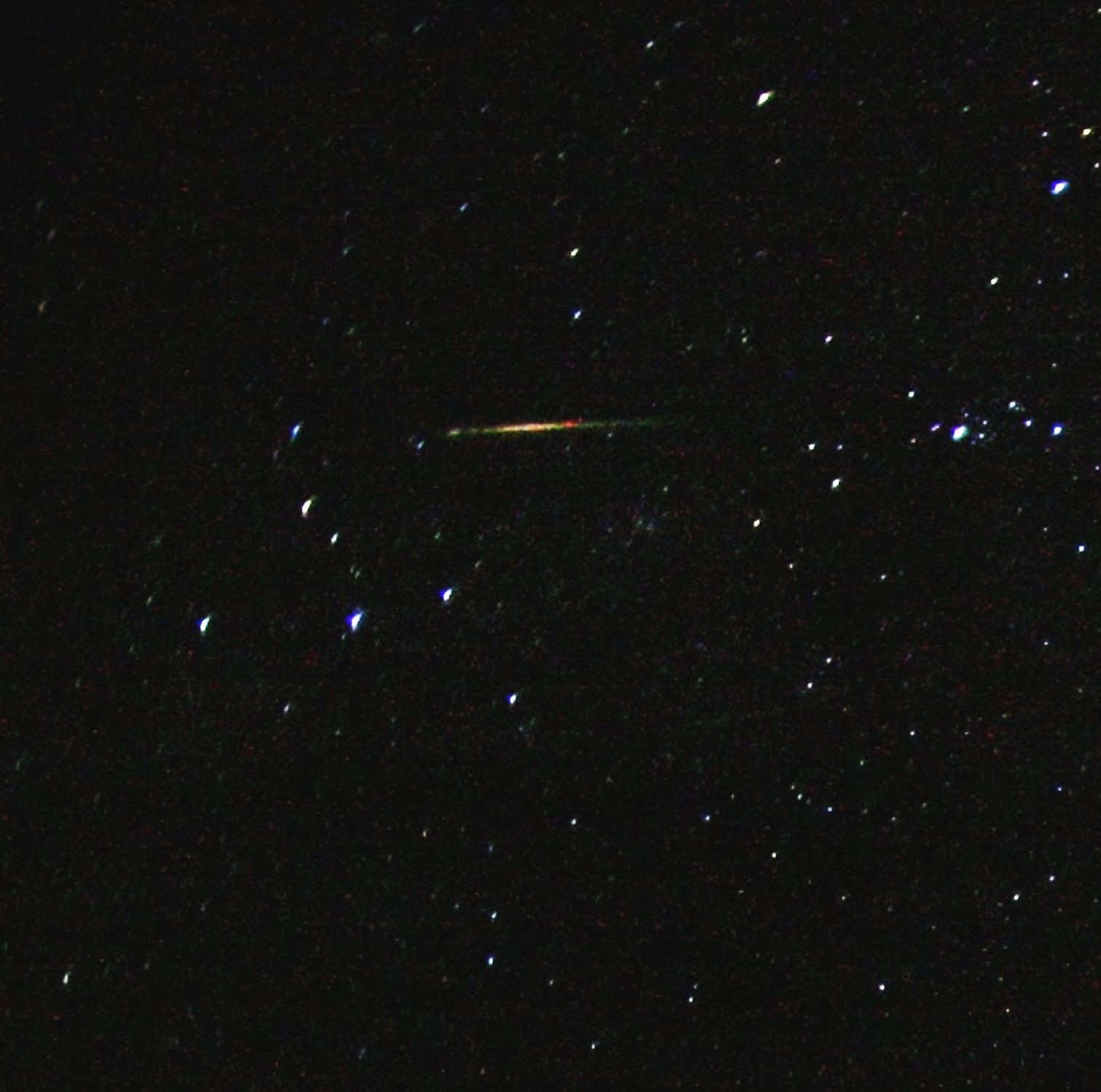
A multicolored Orionid.
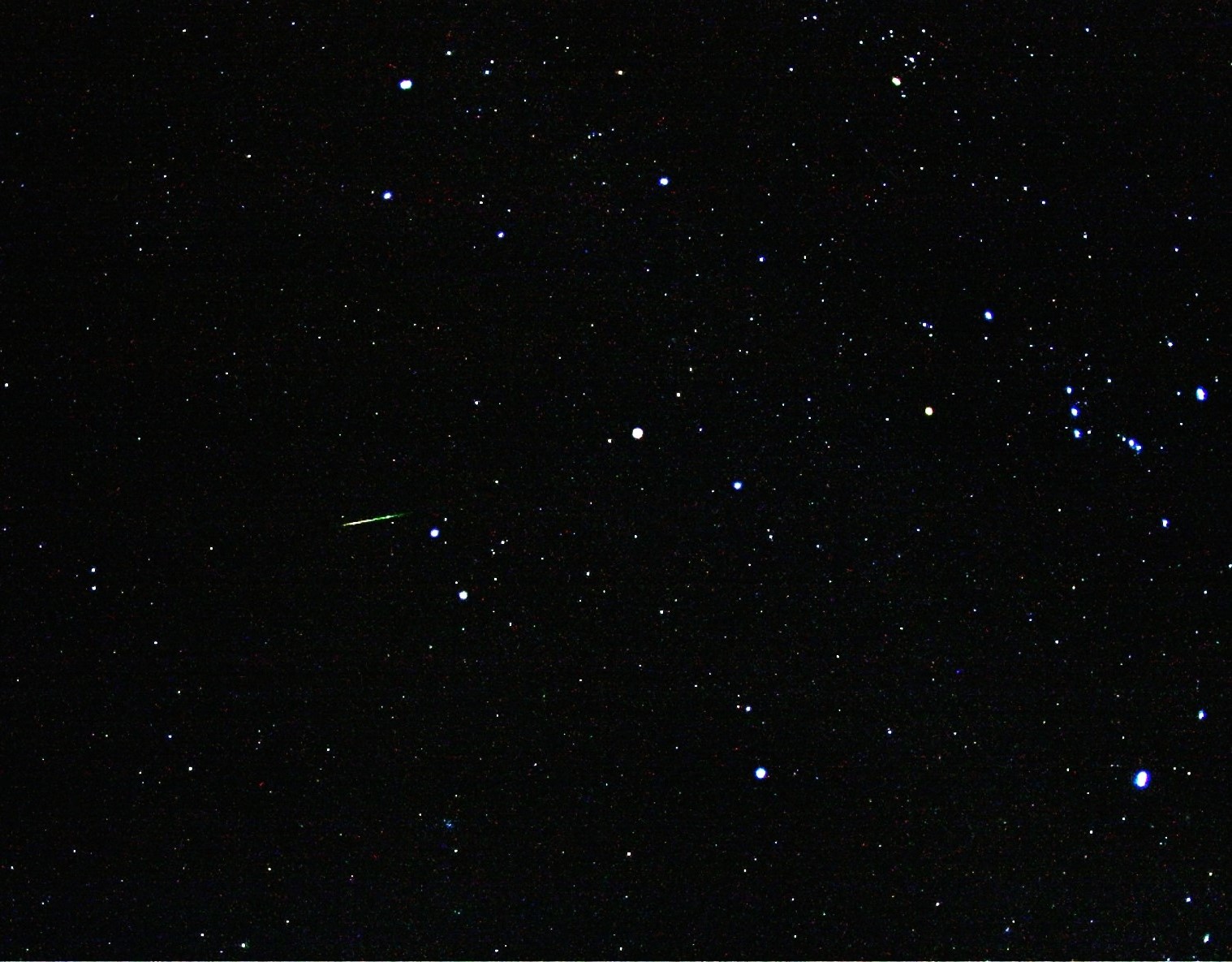
An Orionid to the left.

The brightest meteor, a fireball, leaves a persistent smoky trail drifting in high-altitude winds, which is seen on the right side of the image.
References:




